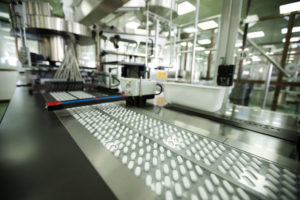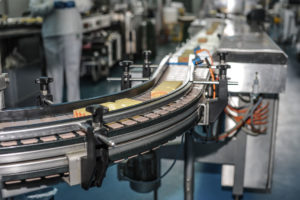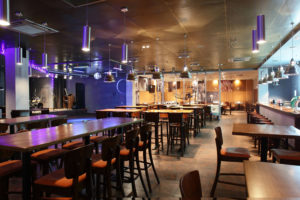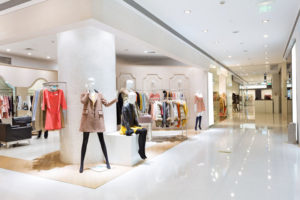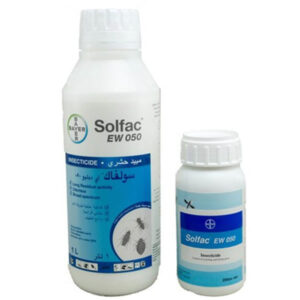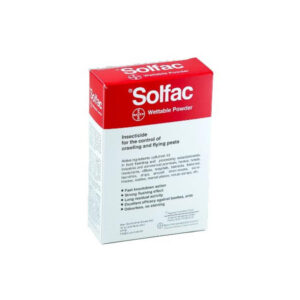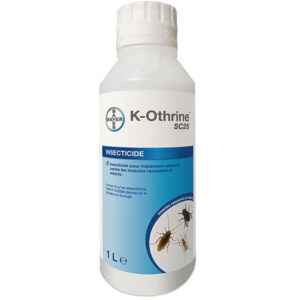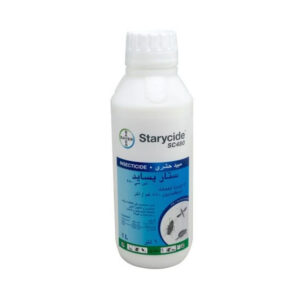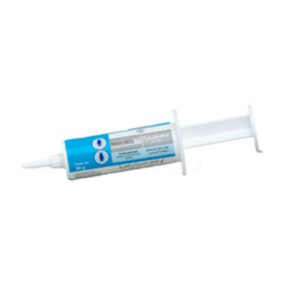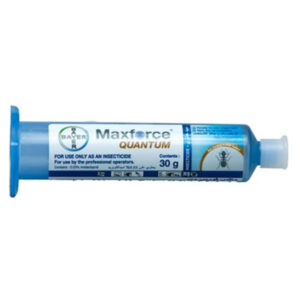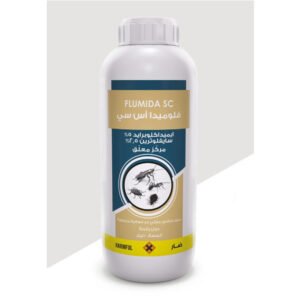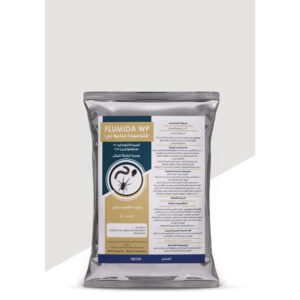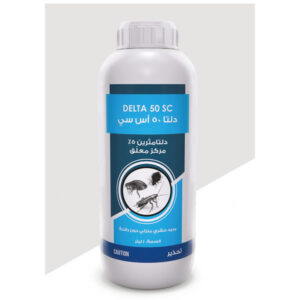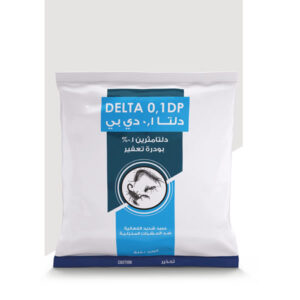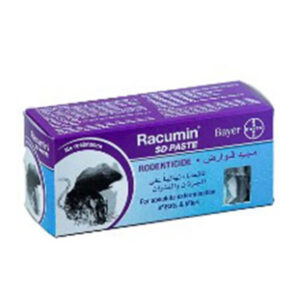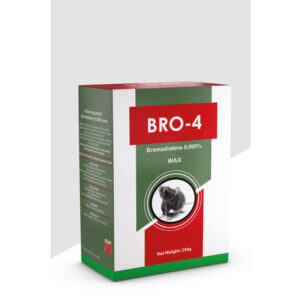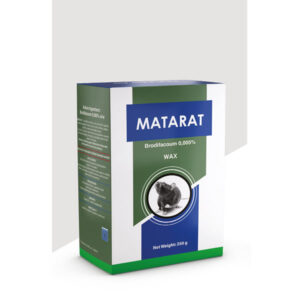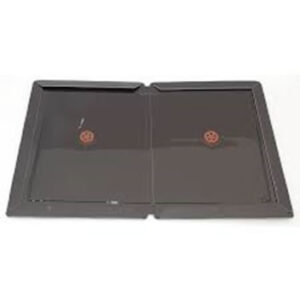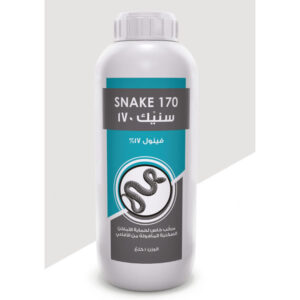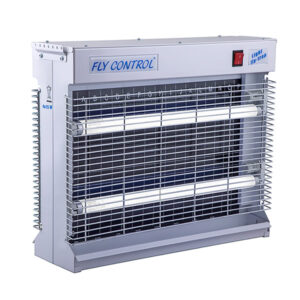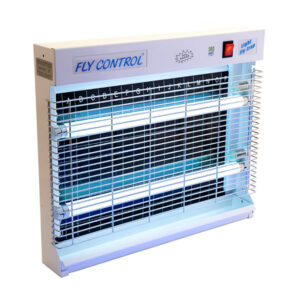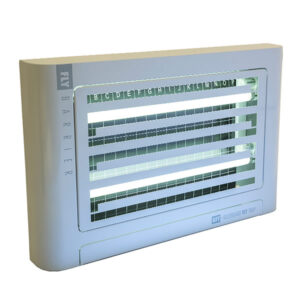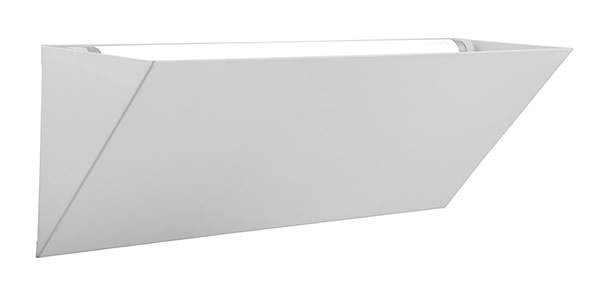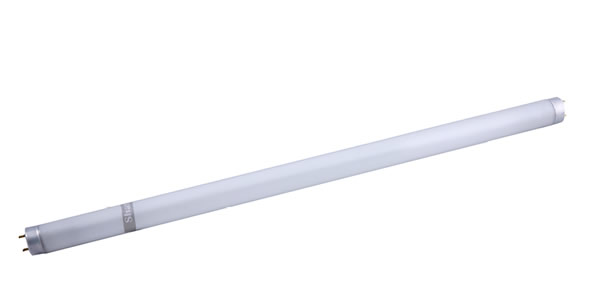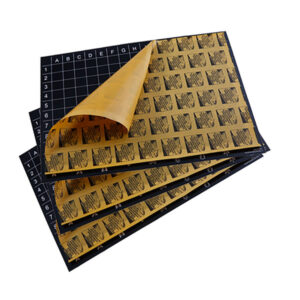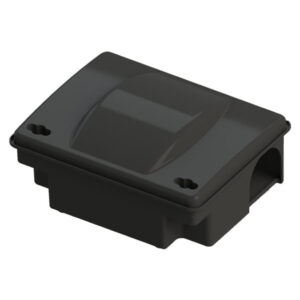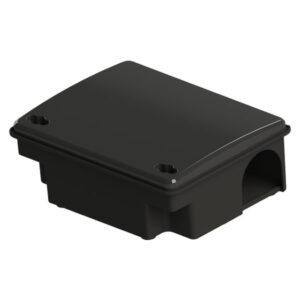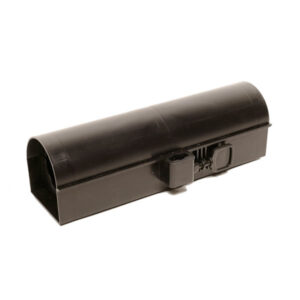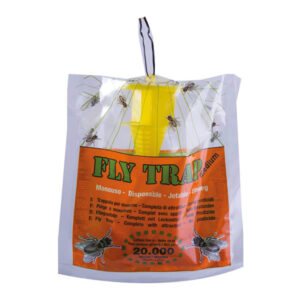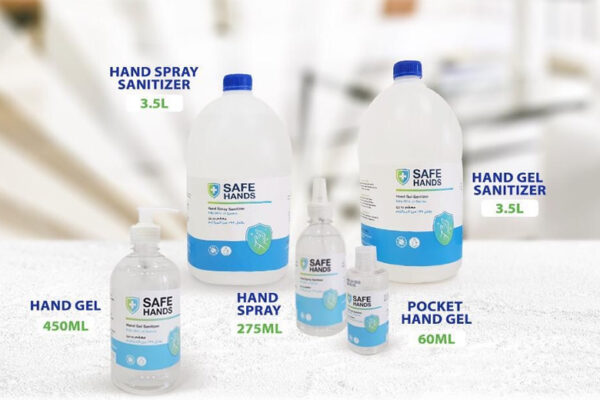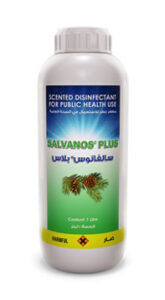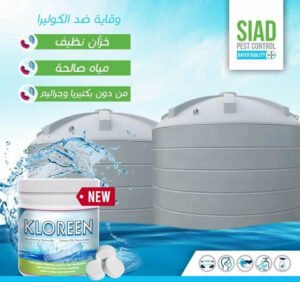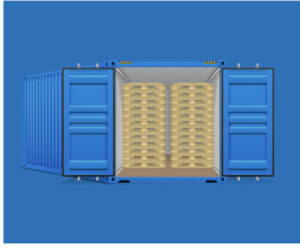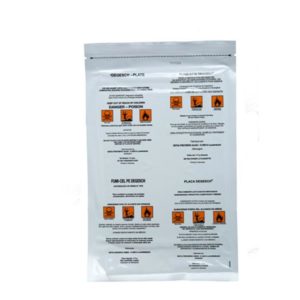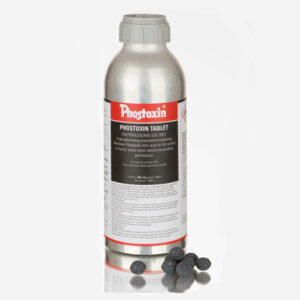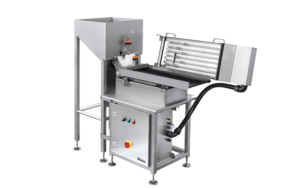
Species characteristics:
Brownish or greyish rodents with a tail approximately as long as the body. Omnivorous, often live in or around buildings.
- Norway Rat (Rattus norvegicus)
Common names are Norway rat, Common rat and Brown rat.
Adults: 220-260mm long; tail length 160-200mm; weight 150-450g; droppings are approx. 20mm long. Upper brown body with a white, yellowish belly. - Black Rat (Rattus rattus)
Common names are Ship rat, Roof rat or Black rat.
Adults: 180-230mm long; tail length 180-240mm long; weight 120-300g; droppings are approx. 12mm long. Despite its name it is usually black to light brown in color with a lighter underside.
Life-Cycle:
- Norway Rat (Rattus norvegicus)
The Norway rat reaches sexual maturity in about 2-3 months and are reproductive for one year.
Norway rats can breed throughout the year if conditions are suitable. The gestation period is only 21 days and a female can produce up to a maximum of five litters a year. 14 pups per litter is the maximum, although six is the average. - Black Rat (Rattus rattus)
The Black rat’s live-cycle is very similar to the Norway rat, but it may live longer.
Rodents as Pest:
- Human health:
Carriers of over 45 types of diseases including spirochetes causing Weil’s disease (Leptospirosis), Salmonella, E. coli, enteritis, listeriosis, rickettsiosis, dysentery and many others
Contamination of water and food
Contamination of environment - Direct food losses:
Field crop losses
Stored food and food prod. Chain losses - Indirect food losses:
Packaging destruction, spillage
Contamination with feces - Construction:
Damages in buildings
In sewers, dikes etc.
In electric facilities and cables
In communication - Animal production:
Feed losses and spillage
Vector and reservoir of pathogens
Area of infestation:
Due to their water requirements, runs to a water source may be evident and give an indication of harborages.
Present in food storage such as kitchens and pantries
Identification:
- Dropping: rat (20mm long)
- Urine strains, body smear and odor
- Runways & tracks (foot prints, tail marks…)
- Gnawing damage to goods and structure (relative size of the teeth)
Rodent Baits:
SIAD Pest Control uses the 3rd generation of rodenticides and the latest rodent control products. Our baits are installed and distributed into rodent bait stations for homes and businesses.
Our rodenticides for the control of rats and mice in a way that is exceptionally attractive to rodents. This guarantees extremely high consumption and thereby ensures that the product works most effectively.
It acts by preventing blood coagulation, causing death between 3-8 days after the intake of lethal dose due to internal bleeding.
The rat bait or rodenticide contained within the bait station is accessible to rats and offers an effective solution to your rat problem.
Rodent Glue Traps:
SIAD Pest Control uses specially scented rodent glue traps that are non-poisonous and non-toxic, attractant for rats and mice and safe for use in the indoor areas in your homes and businesses.
Mechanical Rodent Traps:
SIAD Pest Control mechanical traps are suitable for catching large rats, with safety system for loading the bait. Sturdy and resistant, it can also be used in humid environments or in areas subjected to frequent washing.













